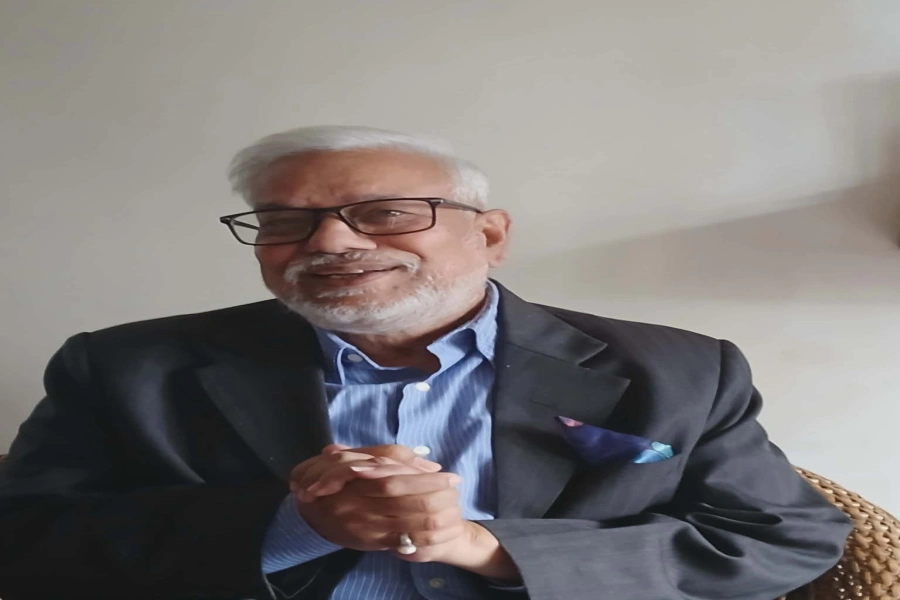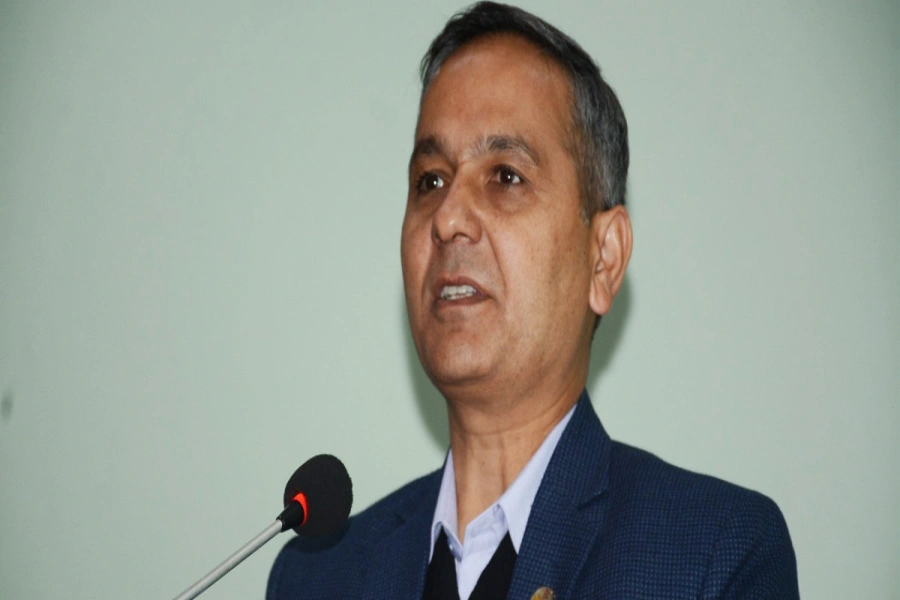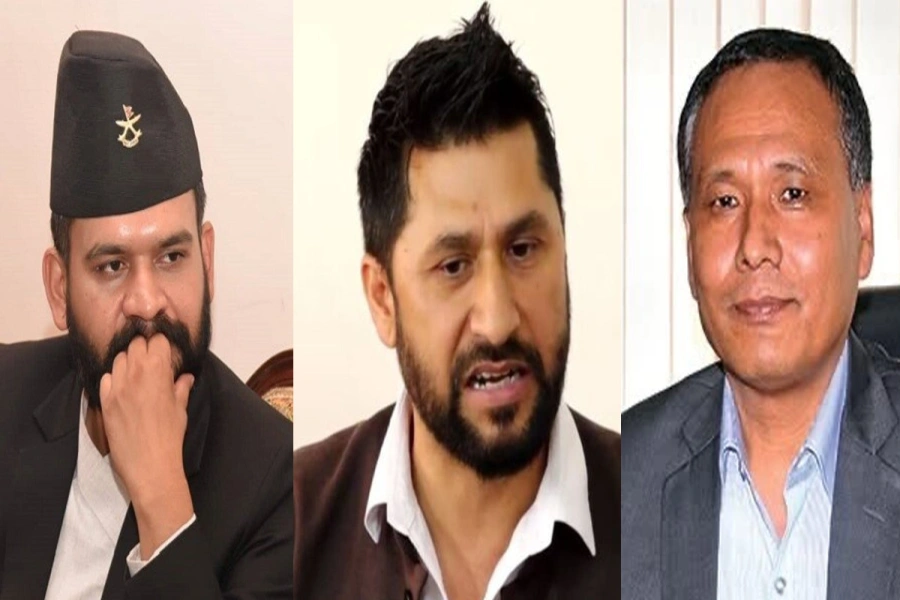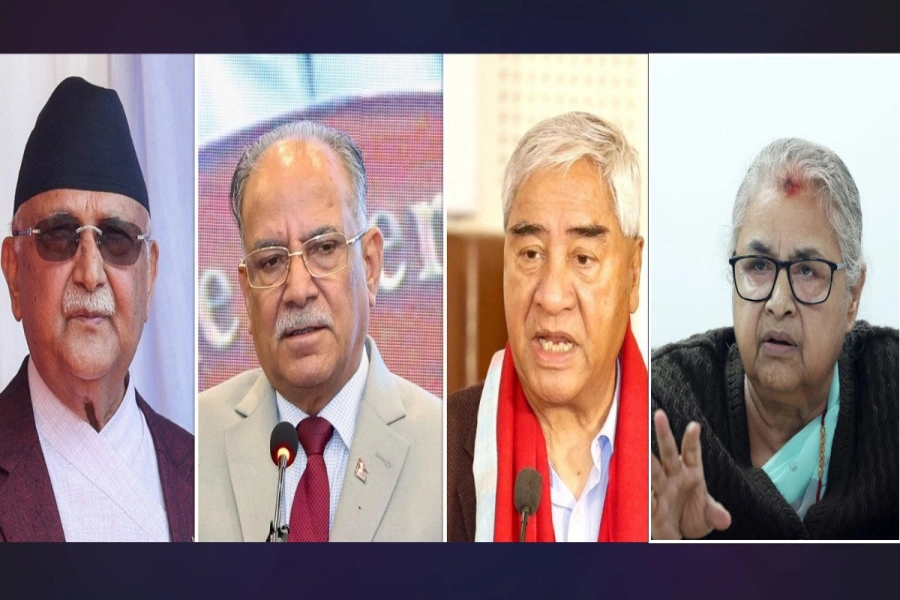When it comes to fighting corruption, “establishing or strengthening an anti-corruption agency (ACA)” has become a mantra.
If you turn the pages of the government’s anti-corruption policies and programs, you will end up reading phrases like these: institutional strengthening, empowerment, increased resource allocation, institutional autonomy, law reform, training and capacity development of anti-corruption agencies. However, in reality, one often finds the opposite things happening. Let us start with some anecdotes or rather jokes:
1. From 2006 to 2013, after the retirement of Surya Nath Upadhayay, the Commission for the Investigation of Abuse of Authority (CIAA) functioned without the Chief Commissioner simply because the Constitutional Council failed or did not bother to appoint one. Literally, the CIAA was moving like a headless horseman.
2. In 2011, the Council appointed Keshav Prasad Baral, a retired police officer, to a vacant position of a commissioner. However, he could not perform his duties in the absence of a Chief Commissioner. As per the then constitution, the Chief Commissioner had to administer him the oath. Literally, he remained in a state of limbo -– gharka na ghatka situation – till Lok Man Singh Karki (LMSK) got appointed in May 2013.
3. Amid public protest, LMSK was surreptitiously appointed as the Chief Commissioner. In January 2017, after remaining in position for more than three years, the Supreme Court annulled his appointment. In October 2016, an impeachment motion was also filed against him in parliament. The motion was superseded by the court’s ruling.
When the bully is the boss

4. In February 2015, with a view to neutralizing the growing influence and power of LMSK, the political masters injected, in one go, five commissioners into the CIAA. These appointments were made purely under the principle of political bhaagbanda or sharing of the spoils.
5. The new Constitution, promulgated in September 2015, curtailed the jurisdiction of the CIAA and reduced its size. There is a provision to have province-level investigation bureaus to fight province-level corruption. Other than the enactment of a pseudo Lokpal Act in the Madhesh Pradesh, little is known about new institutional arrangements to fight corruption at the provincial level. Now, parliament is in the process of amending the Corruption Control Act and the CIAA Act.
With the media implicating the involvement of the CIAA Chief in the fake refugee scandal plus earlier the court conviction of Raj Narayan Pathak, one of the commissioners of corruption charges, the public image of the agency has been tarnished badly. In fact, the process of corrupting an anti-corruption agency has been underway for a long time. If the CIAA is to fight corruption, there is an urgency to restore its public faith.
The restoration of public faith in the agency starts with reviewing the process of hiring (appointment) and firing (removal) of the Chief and other Commissioners.
There is a long tradition in some South Asian countries to appoint the ACA Chief from specific backgrounds. As for example, in Sri Lanka, ACA Chiefs are hired normally from retired judges, in Pakistan from the Army, and in the case of Nepal, from retired government secretaries. So far, this scribe has not found any study research revealing how different backgrounds of ACA Chiefs have impacted ACA performance and effectiveness.
The appointment and dismissal of ACA chiefs are considered to be the two most sensitive issues determining ACA effectiveness. A study conducted by U4 Anti Corruption Resource Centre (2015) in 44 countries revealed “no ideal procedures” on the appointment and removal of ACA chiefs. However, the report says: Both appointments and removals benefit from an open process that includes several stakeholders. The benefits are obvious: a sound appointment process can broaden support for an agency’s work and lead to the selection of a more effective head; and a clearly defined removal process can make it difficult for those in power to terminate the ACA head for wrong reasons.”
There are 16 “Jakarta Principles” enumerated by ACA in 2012. These principles are meant to have effective functioning of ACAs. These 16 principles were elaborated in “Colombo Commentary” in 2018. These principles have been categorized into five headings, namely, institution, leadership, human resources, financial resources and oversight. Within the leadership dimension, the principles are elaborated not only on appointment and removal of ACA Chiefs but also on the continuity of their service or tenure.
Nepal’s anti-corruption agency, primarily the CIAA, exhibits serious pitfalls and weaknesses in all of these five dimensions. However, I suppose, leadership comes at the top of the list. Let us first have a look at the constitutional arrangement for the appointment of the CIAA Chief and other Commissioners.
Article 238(6) of the Constitution speaks that any person can be appointed as the Chief Commissioner or Commissioners if: (a) he or she holds a minimum of a bachelor’s degree; (b) is not a member of any political party; (c) has, at least, 20 years of experience, working in the field of either accounting, revenue, engineering, law, development or research and being a distinguished person; (d) has attained 45 years of age, and; (e) is of a high moral character. The criteria is so open that any Tom, Dick, and Harry seem eligible for the position. In a way, this is good for making open competitive appointments, that too, of non-political, distinguished persons with a high moral character. However, the tradition of hiring ACA chiefs with a civil service background has, literally, nullified the constitutional spirit. The tradition of appointing ACA heads with a civil service background is made to protect corrupt civil servants and their political masters rather than to take action against them.
Let us have a look into the removal process
The positions can be vacated if (a) he/she tenders resignation in writing to the President, (b) he/she attains the age of 65 years, (c) a motion of impeachment is passed against him/her under Article 101, (d) he/she is removed from office by the President on the recommendation of the Constitutional Council on grounds of his/her inability to hold office and discharge the functions due to physical or mental illness. Saving the last clause, these Constitutional provisions give more than enough assurance on securing tenure and giving continuity to the service of the Chief and the Commissioners. However, the last clause gives the impression of hanging the “Damocles sword” over the ACA head and its commissioners. The Constitutional Council (hiring agency) seems to have retained its right to fire by recommending to the President, anytime, to fire ACA head and its commissioners, because of “physical or mental illness”. At a time when the very existence and relevance of the Constitutional Council are being questioned, if not on its physical and mental illness, it is pointless talking about institutional strengthening and autonomy to anti-corruption agencies. Definitely, the fish is rotting from its head.







































